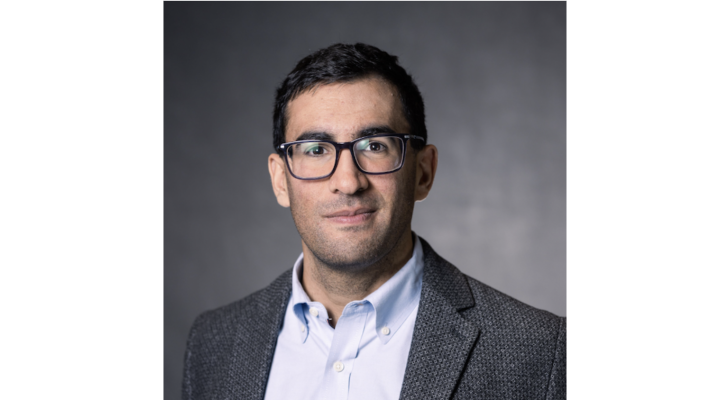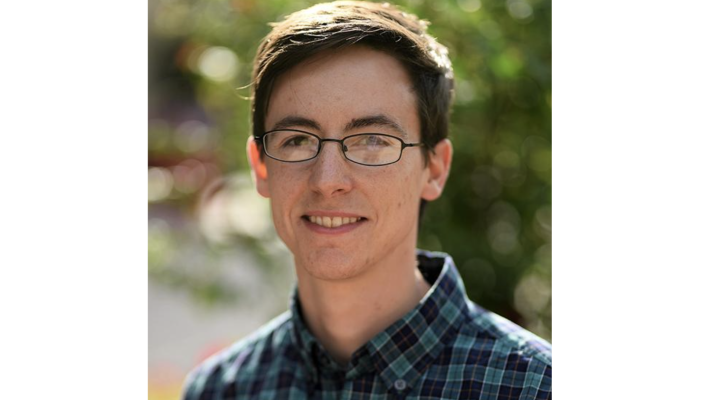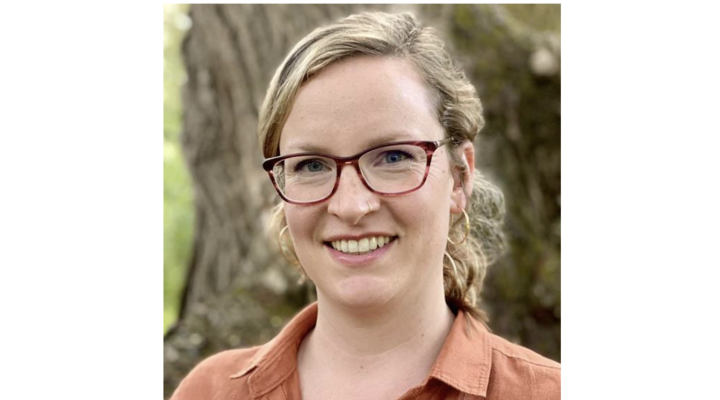Ashutosh Saxena teaches robots to operate autonomously in new, uncertain environments.
Most existing robots can be "scripted" to perform difficult tasks in highly constrained, known environments. "That works most of the time, but it doesn't apply to actual environments where there is uncertaintity and that's a big problem," says Saxena. "One of my goals is to enable robots to perceive the environment, even if it's completely new, so that it can operate in that environment. It has not only to infer the 3-D structure of the environment and recognize objects, but also to figure out what to do with the objects. A robot is not just a passive observer, it is meant to perform desired tasks by acting upon the environment."
Saxena uses machine learning algorithms to teach his robots. "We don't have to program the computer explicitly; you let them learn from the data," he says. "Just like when you are training a dog." By showing robots sample problems and their correct answers, Saxena can train robots to do all sorts of tasks. At Stanford, where he studied for his Ph.D., Saxena used machine learning to solve several robotics problems, including how to create a three dimensional model from a two dimensional image.
"We showed the computer about 500 images and the correct 3-D models for the images," says Saxena. "So it learned the functional mapping from the image to the depths. Then when given a new image it could make a 3-D model. " This software was made available on the Internet in the form of a Web service where tens of thousands of people converted their ordinary photographs into 3-D models.
With this technology, Saxena turned a remote control car into a robot that could drive itself through unfamiliar surroundings full of obstacles, like a forest. "It's a small robot, so it cannot have big sensors on it, but it can use camera images to find out where it should go"," he says. "And it could really drive fast avoiding the obstacles, even ones that were not seen before."
Saxena is now teaching robotic helicopters how to fly without the aid of positioning systems. "It's really hard to make aerial robots fly in GPS-denied environments, or in cluttered environments," he says. "There's no robot that can fly inside a building in constrained spaces. There are many hard parts in doing that and one of them is again, obstacle avoidance."
Saxena also trained a robot to unload items from a dishwasher, which sounds easy, but unlike factory robots that do the same task over and over, this robot had to manipulate different objects like mugs and martini glasses. "We showed it a bunch of objects and told the robot how and where to pick them up," he says. "And then given a new object, the robot was able to use the learning algorithms to make a reasonable guess about how to pick it up."
Saxena wants to build a general purpose home and office assistant robot that can do household chores like tidy up a room, fetch or deliver items, prepare simple kitchen meals, etc. He believes that such personal robots will have deep impact in the society. He plans to use machine learning techniques both for enabling the robot to perceive as well as for building the controllers for the robot. It is the learning techniques, he believes, that will enable the robots to perceive and react in new, uncertain situations.
Already part of an interdisciplinary robotics group with members from ECE, CS, and MAE, Saxena says he chose Cornell for its collegiality. "The most important thing for a person is his or her work and if you are having fun in your work that is the most important part," he says. "There are a couple of senior faculty here who were just amazing to talk to and that was the deciding factor I think, the collaborative nature of the faculty."




